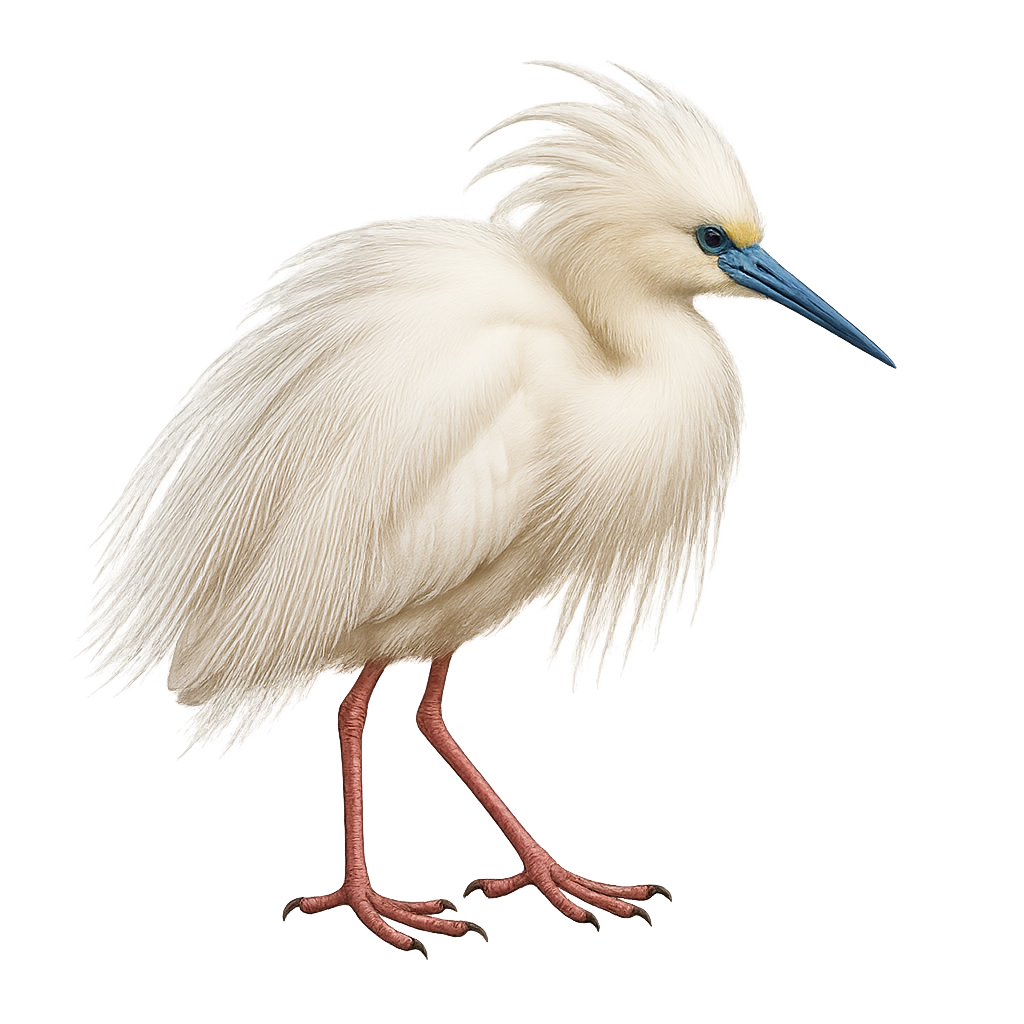Your wildlife photography guide.
Explore the madagascar pond-heron in detail, study its behavior, prepare your shots.
Where to observe and photograph the madagascar pond-heron in the wild
Learn where and when to spot the madagascar pond-heron in the wild, how to identify the species based on distinctive features, and what natural environments it inhabits. The WildlifePhotographer app offers tailored photography tips that reflect the madagascar pond-heron’s behavior, helping you capture better wildlife images. Explore the full species profile for key information including description, habitat, active periods, and approach techniques.
Madagascar Pond-Heron
Scientific name: Ardeola idae

IUCN Status: Vulnerable
Family: ARDEIDAE
Group: Birds
Sensitivity to human approach: Suspicious
Minimum approach distance: 10 m
Courtship display: November to January
Incubation: 20-22 jours
Hatchings: November to February
Habitat:
Wetlands, swamps, mangroves
Activity period :
Primarily active during the day, with peak activity in the morning and late afternoon.
Identification and description:
The Madagascar Pond-Heron, Ardeola idae, is a medium-sized bird belonging to the Ardeidae family. It is primarily found in the wetlands of Madagascar, but also in some regions of East Africa. This bird is notable for its striking white breeding plumage, contrasting with its duller, brownish non-breeding plumage. It has a yellow bill and greenish legs. The Madagascar Pond-Heron feeds mainly on small fish, insects, and crustaceans, which it catches in shallow waters. It is often solitary or in small groups and typically breeds during the rainy season, building its nest in trees or shrubs near water.
Recommended lens:
400mm – adjust based on distance, desired framing (portrait or habitat), and approach conditions.
Photography tips:
To photograph the Madagascar Pond-Heron, it is advisable to use a 400mm lens or longer to capture precise details without disturbing the bird. Look for it in wetlands and swamps, where it is often foraging. Be patient and discreet, as this bird can be suspicious. The best times to observe it are early in the morning or late in the afternoon when the light is soft and flattering. Use a tripod to stabilize your camera and achieve sharp images.
The WildlifePhotographer App is coming soon!
Be the first to explore the best nature spots, track rutting seasons, log your observations, and observe more wildlife.
Already 1 432 wildlife lovers subscribed worldwide

